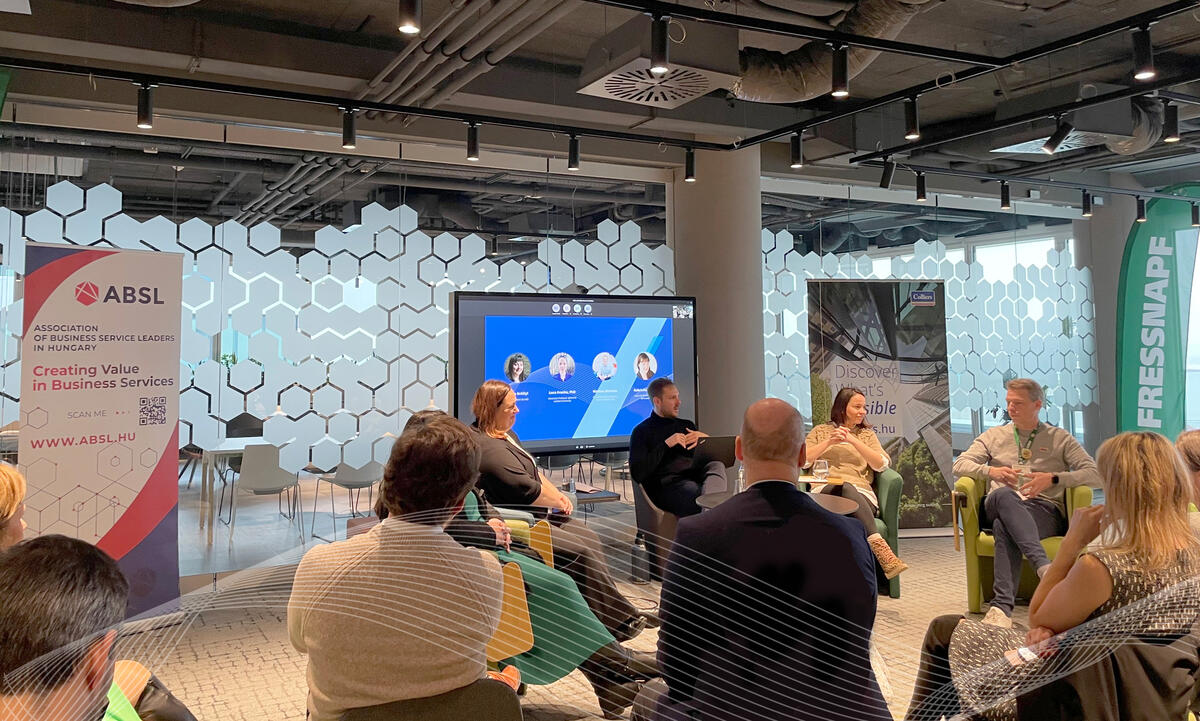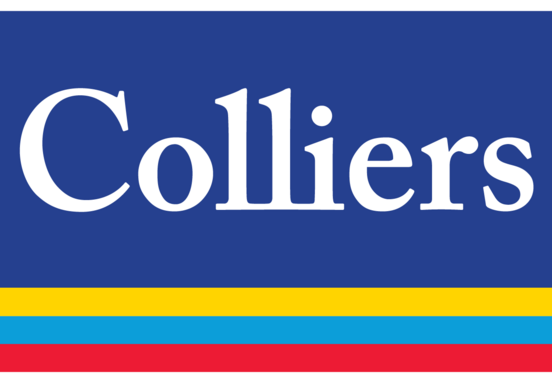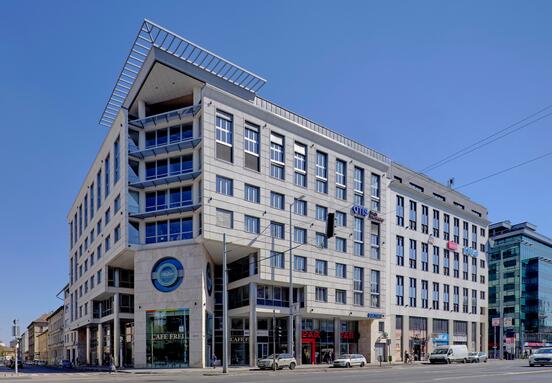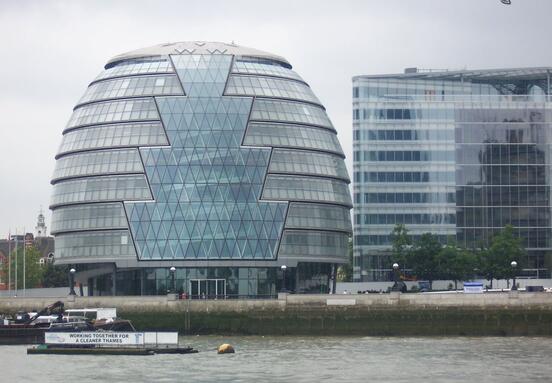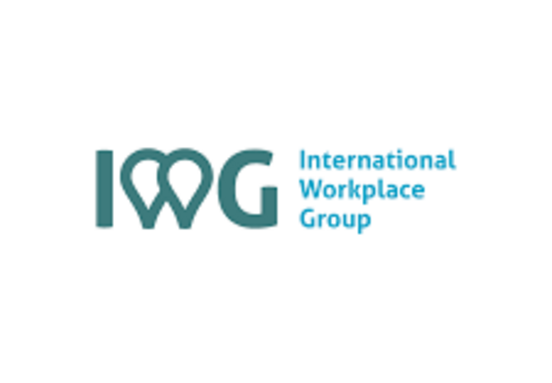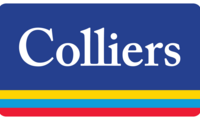Markus Martens, Managing Director, offered a guided tour of their workspace. Dávid Horváth, Head of Workplace Advisory Services at Colliers, presented key findings from their research "How do employees really feel?" This set the stage for a dynamic panel discussion with experts from four fields, addressing pressing issues in the strategic repositioning of workspaces and providing valuable insights into the modern workplace landscape.
In today's rapidly changing world, the traditional office no longer meets the needs of employees. As a result, we are increasingly moving towards more flexible and innovative workplace designs. But in which direction is the future of the office evolving (or how are we shaping it)? "While examining the workplace and office sector, it became clear to us that it significantly differs from other community areas where people are engaged in open conversations. We are committed to understanding the specific and real needs related to office spaces," said Dávid Horváth, Head of Colliers' Workplace Advisory Services.
The question is no longer whether we should discuss hybrid or non-hybrid work. The question is how many days employees spend in the office and how many days they work remotely. In Hungary, 2 days is the most typical. In some cases, the ratio is 50-50 %, while in others, 60-40 is considered healthy, meaning there is a slight shift towards the office or even remote work. However, Dávid pointed out that if decision-makers rely only on measurements and graphs and use them to determine the size and layout of office spaces, they may come to erroneous conclusions.
Decision-makers need to understand the barriers set up by their company and the barriers individual employees see in front of them during planning office spaces. It is possible to encourage personal interaction in the space we provide. The positive experience we offer through spaces is critical to achieving personal achievement. However, space alone does not catalyse these interactions. Designing the office spaces goes hand in hand with company culture, rules, location, are all part of the experience and the bond.
The diversity of the panel participants emphasizes the versatility of the topic. Alongside host Markus Martens (Managing Director, Fressnapf International Business Services), Linda Erdélyi (MD, Architect, LAB5 architects), Luca Frankó (PhD, Associate Professor, Eötvös Loránd University), and Gabriella Zaharia (Lead HR Business Partner, Flowserve Corporation) participated in the discussion. The panel was moderated by Dávid Horváth, the Head of Colliers' Workplace Advisory Services.
Participants contributed to topics such as the dynamics of the office and home office, regulatory issues (whether it is right, can it be an individual choice, how to plan these workspaces), what kind of office is needed, what function or role we assign to it, how to define it, where it should be located, and whether it should not compete with the home. Finally, participants did not avoid the theme that office users are certainly not the same, and how to handle different needs, different preferences, and diversity.
All participants agreed that successful solutions cannot be automatically adopted. It is important for each organization and company to consider these questions and determine what a good workplace means for them and their employees, whether physically or psychologically.
Expert Opinions
"The old workplace is clearly a thing of the past, but an office is still needed! It's good if both the office and home office are integrated into the lives of colleagues. We must not forget that fundamentally, humans are social beings!" - Markus Martens (Managing Director, Fressnapf International Business Services)
"No organization can mechanically imitate solutions. Dynamic internal communication is important. Unfortunately, there are many failed change management cases. If we ask, for example, whether the home can be a place for professional work, we cannot generally answer it. How many people live at home, how big and what is the arrangement of the home, how many people are there during the day? What is the desirable work environment for a colleague? Good design is definitely important!" - Linda Erdélyi (MD, Architect, LAB5 architects)
"I prefer the flexibility I saw today in the Fressnapf office. We must be flexible in terms of time and office space. We need to talk and think about how we use physical space, our buildings now, and years from now. Remote work has been technically possible for a long time, but there may be legal or security barriers, and last but not least, it depends on how much risk the employer is willing to take." - Gabriella Zaharia (Lead HR Business Partner, Flowserve Corporation)
„Can home be a workplace? If it weren't for the Covid pandemic, we might not be discussing this today! However, we cannot overlook that as many homes exist, there are equally diverse home offices. Efficiency and trust are pivotal—how much the organization values office presence, especially from the leadership's perspective. Building trust is a "biochemical process" and personal meetings play a crucial role, extending beyond the virtual realm. The office can serve as a stress valve, and individuals need to understand their own functioning and how to manage themselves! - Luca Frankó (PhD, Associate Professor, Eötvös Loránd University).
ABSL Colliers
